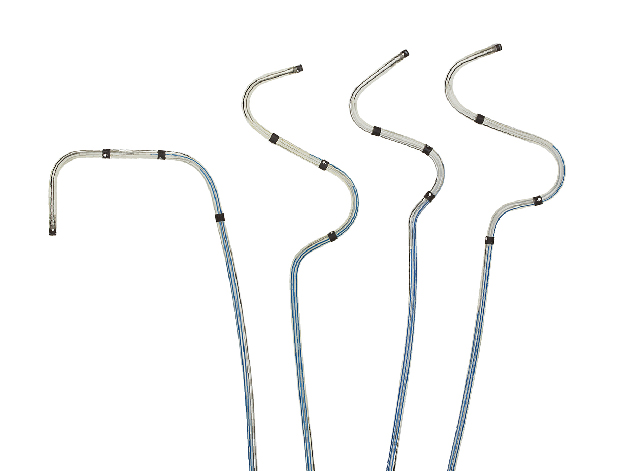Built on the proven QuickFlex™ µ lead platform, the Quartet™ quadripolar LV lead offers superb deliverability with exceptional stability and performance. Studies reflect an implant success rate averaging approximately 97%.1,2

We designed our groundbreaking quadripolar technology to enable improved management and outcomes for HF patients. With four electrodes and up to 14 pacing configurations, the quadripolar system enables left ventricular (LV) pacing at the preferred site without compromising lead stability, for better management of heart failure patients.3
HF patients who undergo implantation of unipolar and bipolar CRT devices may experience challenges such as phrenic nerve stimulation, high pacing thresholds and non-response to CRT therapy.4 Managing these challenges can result in longer implant times and surgical revisions.
Quadripolar technology can help you overcome these challenges by offering you more pacing flexibility without compromising lead stability.
Overall, quadripolar technology can lead to greater CRT implant and postoperative efficiencies while providing improved CRT efficacy.
The Quartet quadripolar LV lead, when combined with approved devices, allows full-body, 1.5T and 3T MRI scans that meet certain scan conditions.*

*See MRI Ready Systems Manual for device and lead combinations and associated MRI scan parameters. Quartet quadripolar LV Lead is MR Conditional in the 86cm lead length.
MAT-2212652 v1.0
You are about to enter an Abbott country- or region-specific website.
Please be aware that the website you have requested is intended for the residents of a particular country or countries, as noted on that site. As a result, the site may contain information on pharmaceuticals, medical devices and other products or uses of those products that are not approved in other countries or regions
Do you wish to continue and enter this website?
MAT-2305078 v1.0